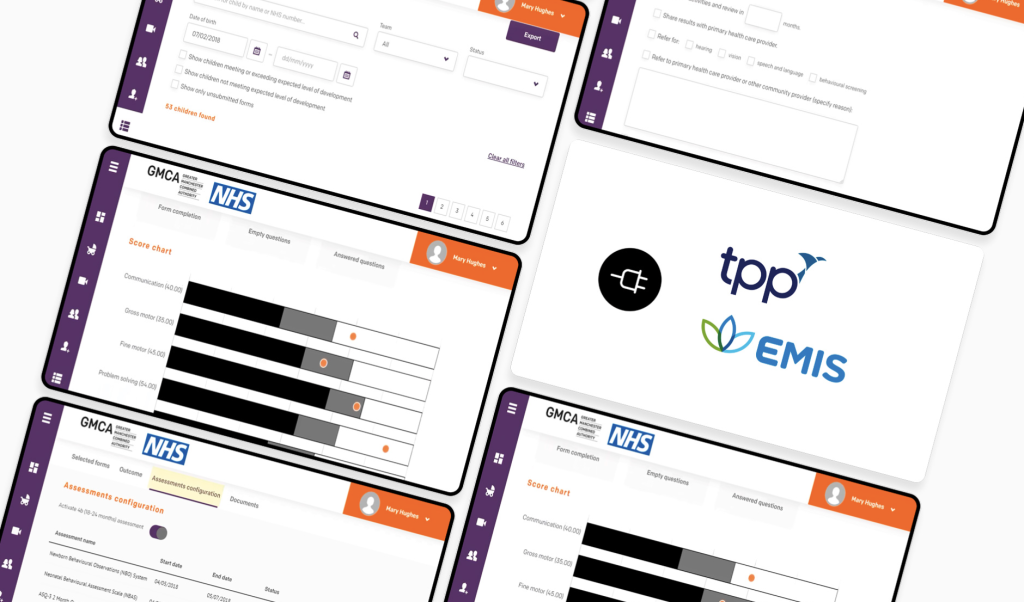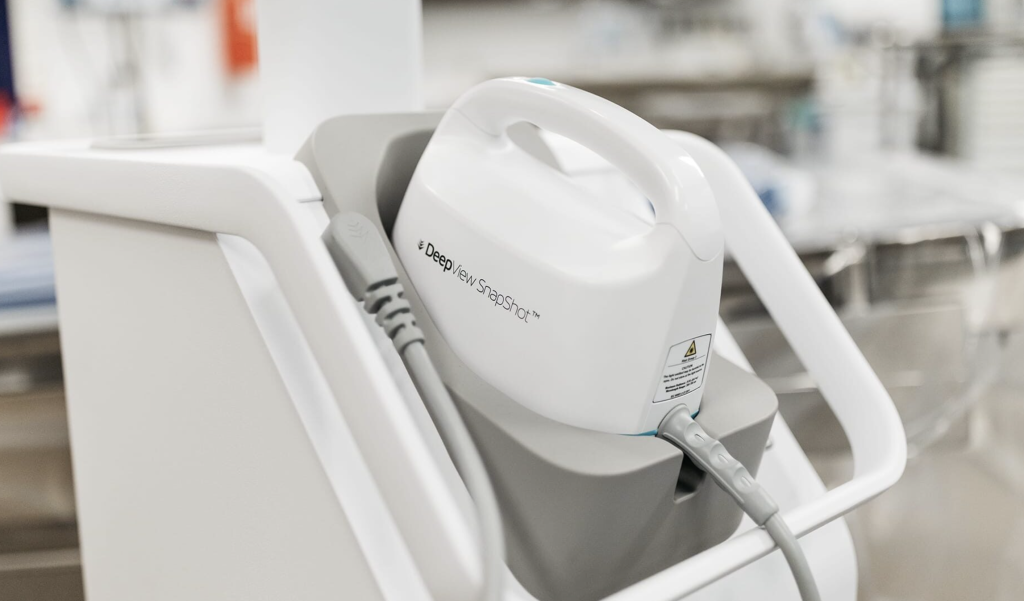
Whether you’re integrating with a specialist mental health EPR, an acute care platform, or a community-focused system, 6B provides full-lifecycle support – from discovery and technical design through to go-live and ongoing maintenance. Our integrations are built to scale, comply with NHS standards, and fit into the unique operational context of each Trust.

Understanding 6B’s Secondary Care EPR Integration Offering
EPR systems are the digital backbone of secondary care, holding the patient data and clinical workflows that Trusts rely on every day. Yet, integrating external applications and services into these environments is often complex – requiring deep knowledge of proprietary APIs, NHS interoperability standards, and clinical governance.
6B’s Secondary Care EPR Integration service is designed to simplify that complexity. We enable digital health vendors and NHS organisations to connect seamlessly with leading secondary care platforms – from acute and community systems to mental health and specialist EPRs. Our integrations are built with compliance, scalability, and long-term maintainability in mind, ensuring safe data exchange and smooth user experiences.
With hands-on expertise across platforms such as Epic, Oracle Health (Cerner), System C, Dedalus Lorenzo, MEDITECH, and many more, our team provides end-to-end delivery. Whether you’re building a new product integration or extending existing capabilities, we help accelerate time-to-value while reducing technical and regulatory risk.
Our Secondary Care EPR Integration Process
We begin with a discovery phase to map your integration objectives, data flows, and technical requirements – aligning them with NHS interoperability frameworks such as HL7 V2, FHIR, and Spine standards. This enables us to define a clear integration strategy that fits the operational and clinical needs of your partner Trusts.
From there, our specialists design and implement integration workflows that prioritise security, performance, and usability. We handle interface development, configuration, and rigorous testing to ensure reliability across environments. Where required, we also support vendor certification, assurance processes, and clinical safety documentation (DCB0129/0160).
Once live, our team provides proactive monitoring, issue resolution, and ongoing optimisation to ensure your integration continues to deliver value as systems evolve. Regular reviews, reporting, and continuous improvement cycles mean your solution stays compliant, resilient, and future-ready – enabling clinicians to work with connected data and patients to benefit from more joined-up care.
Selected Secondary Care EPR Integration Case Studies
Explore how we’ve partnered with health and care organisations to deliver secondary care EPR integration projects that solve complex challenges and drive measurable impact.
Estimate the Cost of Your Secondary Care EPR Integration Project
Please answer a few questions to help our interoperability and integration consultants accurately assess your needs and calculate a personalised quote quicker.
Thank you for your request! 🙌 We will review your project and get back to you within 24 hours to share a ballpark estimate.
Want to speak to someone today? Call 6B on 0113 350 1290.
Readiness checklist for Secondary Care EPR Integration
- Define your integration goals (e.g. clinical workflows, patient data access, reporting, referrals)
- Identify target EPR platforms for integration (Epic, Oracle Health Cerner, System C, Dedalus Lorenzo, MEDITECH, etc.)
- Document required interoperability standards and APIs (HL7 v2, FHIR, Spine, vendor-specific APIs)
- Prepare authentication, access control, and consent models relevant to secondary care
- Gather information governance and clinical safety requirements (DTAC, DSPT, DCB0129/0160)
- Outline hosting and connectivity models (on-premise, cloud, or hybrid) with security considerations
- Confirm stakeholders, vendor contacts, and Trust IT/governance leads for approval and coordination

